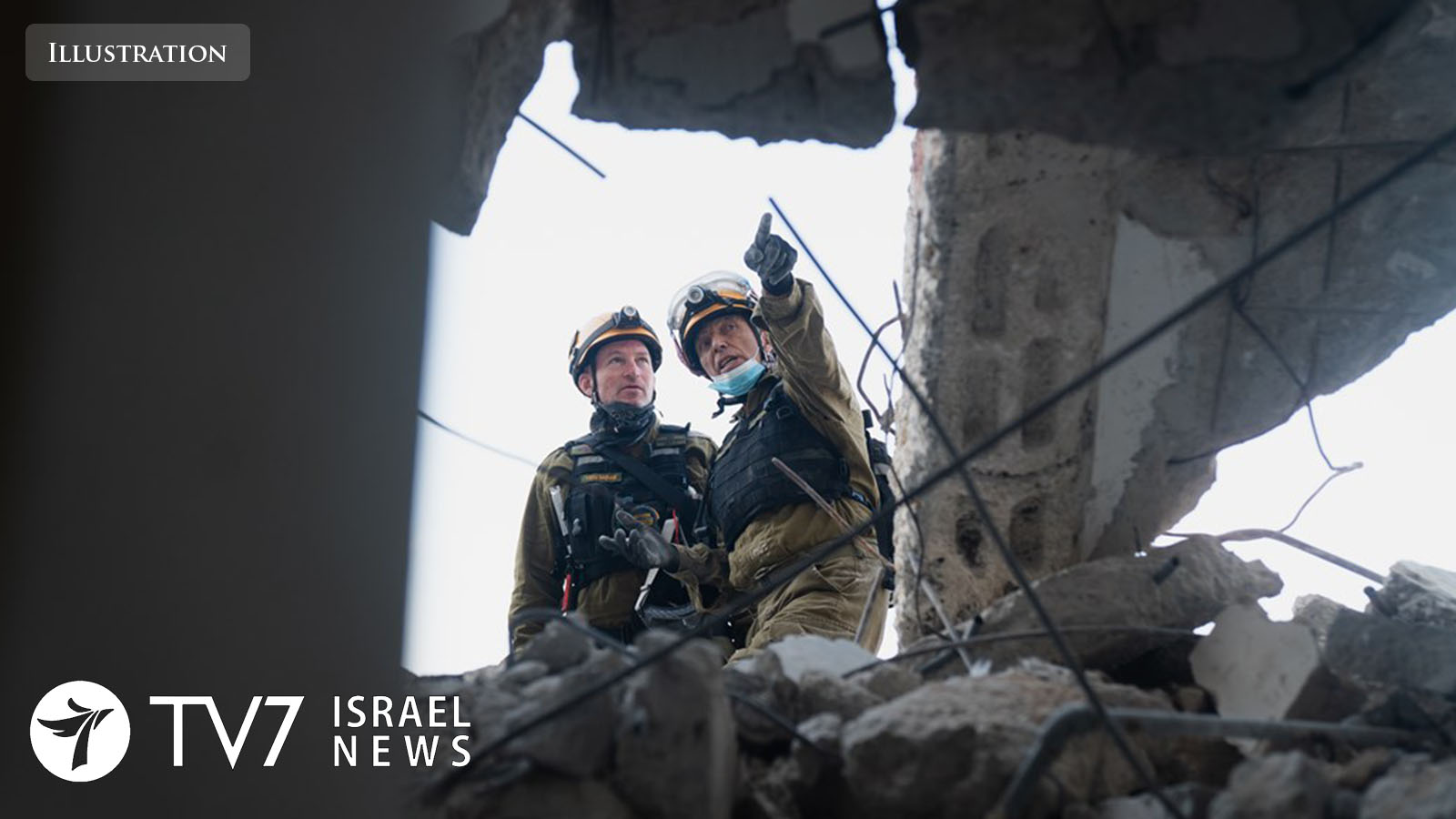While many would consider the most significant recent earthquake in Israel to have been “political,” with the swearing in of Prime Minister Naftali Bennett in place of longtime leader Benjamin Netanyahu, there were also actual geophysical tremors.
A 4.2 magnitude shook the country overnight Tuesday-Wednesday, with no reported injuries or damage.
The epicenter was about 68 kilometers north of the Red Sea resort city of Eilat, with the strongest tremors felt in Beersheba and as far north as Jerusalem.
According to the Volcano Discovery Global Earthquake Monitor, citing the German Research Center for Geosciences (GFZ) as its primary data source, the earthquake had a 10 km depth occurring at a latitude / longitude of 30.22°N / 34.97°E in Israel’s Southern District.
Following is a chart showing distances from the quake’s epicenter:
50 km (31 mi) WSW of Petra (Ma’an, Jordan) (pop: 14,000)
57 km (35 mi) N of Be’er Ora, Israel (pop: 965)
74 km (46 mi) N of Umm Rashrash, Israel (pop: 45,600)
92 km (57 mi) SW of Tafielah, Jordan (pop: 25,400)
95 km (59 mi) S of Dimona, Israel (pop: 33,600)
116 km (72 mi) S of Beersheba, Israel (pop: 186,600)
174 km (108 mi) S of Jerusalem, Israel (pop: 801,000)
There was a clear sky, temperature of 25°C (77 F), humidity level of 48%, wind strength of 2 m/s (5 kts) from NE at the time of the quake.
Despite the estimated release of energy amounting to 8.9 x 1010 joules (24.8 megawatt hours) – equivalent to 21.3 tons of dynamite – the quake was considered “light.”
According to the latest report from the Israel Seismic Network, the last 30 earthquakes recorded in the immediate region have all been “minor,” and taken place since 6 May. The island nation of Cyprus was rattled by the strongest during the survey, with a 4.0 magnitude (M) on 31 May and a 3.5M on 4 June. Meanwhile, a 3.1M occurred in the Dead Sea Basin on 11 May, a 3.0 in the East Mediterranean Sea on 19 May. The remainder were registered at 2.8M and and lower.
Seismic activity measuring below 1.0 and 2.0 on the Richter scale are categorized as “Micro,” “Minor” are between 2.0 – 4.0, “Light” are 4.0-5.0, “Moderate” 5.0 – 6.0, “Strong” 6.0 – 7.0, “Serious” 7.0 – 8.0 and “Great” are 8.0 to 9.0 or above.
It is important to keep in mind that seismic activity constantly occurs around the globe on a daily basis, recorded by sensitive seismometers to record the time, location and intensity of quakes in whole numbers or decimal fractions.
The Director of Israel’s Inter-Ministerial Steering Committee for Earthquake Preparedness, Amir Yahav, previously told TV7 that they are so “commonplace” that “tens of thousands” are felt globally each year, but he emphasized that the vast majority are “weak in intensity and do not cause any damage.” Nevertheless, he said that earthquakes remain such a “great concern in Israel” that “according to government resolutions it is the second most dangerous scenario (after war).”
Dr. Amos Salamon, who is a Senior Researcher at the Geological Hazards Division of the Geological Survey of Israel (GSI), said that while minor quakes are not infrequent, “destructive events” that cause damage only occur in Israel every 60-100 years. Both of the last minor surges in Israel occurred in the Galilee region in 2018 and 2013.
A Tel Aviv University report in December 2020 estimated that Israel may be hit by a major earthquake of about 6.5M in the coming years. Toward that end, the government is concerned with enforcing construction codes to prevent the collapse of buildings to minimize impact of such a natural disaster.
